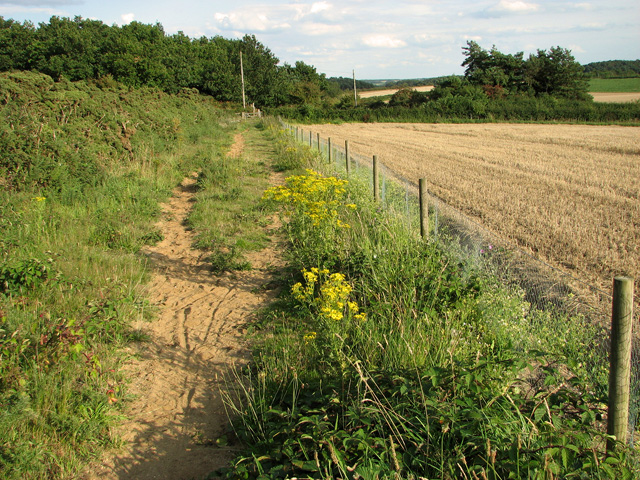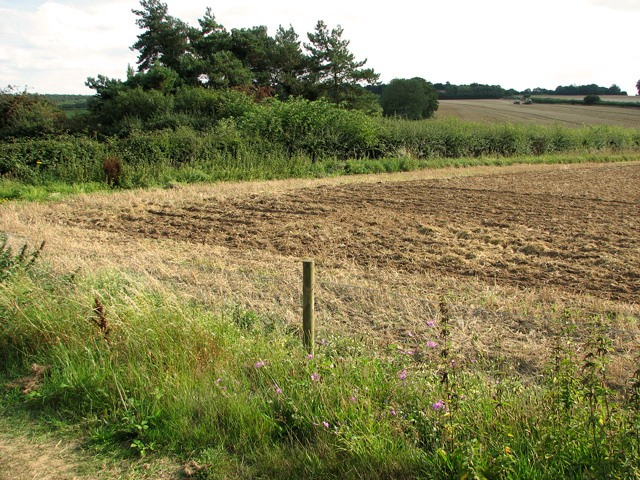Blakeney is a coastal village and lies within the Norfolk Coast AONB and the North Norfolk Heritage Coast.
| Name | Occupation | Posted from | Until |
|---|---|---|---|
| Sergeant Hugh Talmage Harcourt | Farmer |
Unknown | 03 Dec 1944 |
| Corporal George William Cubitt | Smallholder & assisting father on dairy farm |
Unknown | 03 Dec 1944 |
| Private John Edwin Betts | Manager on farm |
Unknown | 03 Dec 1944 |
| Private Peter George Harcourt | Farmer |
Unknown | 03 Dec 1944 |
| Private Albert Robert Holman | Agricultural labourer |
Unknown | 03 Dec 1944 |
| Private Alan George Hudson | Driver public service vehicle |
Unknown | Unknown |
| Private Ernest Parsons | Horseman on farm |
Unknown | 03 Dec 1944 |
| Private Stanley John Taylor | Bus driver |
Unknown | Unknown |
The OB site was located in Blackthorn Covert, situated on the southern edge of Wiveton Downs a short distance west of Wiveton Road. The small woodland has since been cut down and the land transformed into arable.
The OB was described to us as having been an Anderson Shelter.
It was pulled out of the ground and the farmer used the corrugated sheets for the construction of a few pig huts. No trace remains on the ground.
Blakeney Patrol
The Patrol had Military targets that were similar to Cley Patrol being RAF Langham, RAF Cockthorpe VHF Fixer Station.
The possible invasion beaches and roads across the marsh lands north of Blakeney would also have been targets.
The Patrol members went to Coleshill House for training courses as well as a two week course at Leicester Square Farm, Syderstone, with the Army and training under live fire at Lodge Hill, Sheringham.
Also they attended for three weeks at Sandown on the Isle of Wight around D-Day. Travelling via London they stayed at Sandown.
Weapons would have included .303 Enfield rifles, striker board sewn to one trouser leg, dagger down the other leg, and Smith & Wesson .38 revolvers. Strong magnets were issued to attach explosives to an enemy tank.
When a Commanding Officer came to inspect the Patrol's stores he was very concerned to find some boxes of gelignite had begun to sweat so he arranged for the Army to take them away. After the war the Police had to collect some left over time pencils stored at Sergeant Harcourt's farm.
Mr Cubitt (brother of Patrol member George Cubitt) told us that there used to be a shed beside the public footpath that leads from Saxlingham Road to Wiveton Road. The Patrol members used to store their bicycles in this shed, which was in the corner of a field beside Saxlingham Road, and walked to their OB by following the footpath in south-easterly direction.
The footpath is still in place but both the shed and the OB are gone.
TNA ref WO199/3389
Hancock data held at B.R.A
Evelyn Simak and Adrian Pye
Peter Harcourt in: A Hoare, Standing up to Hitler (2002),
Mrs Janet Harcourt, Wiveton (personal interview);
Geoff Cubitt, Blakeney (personal interview)

